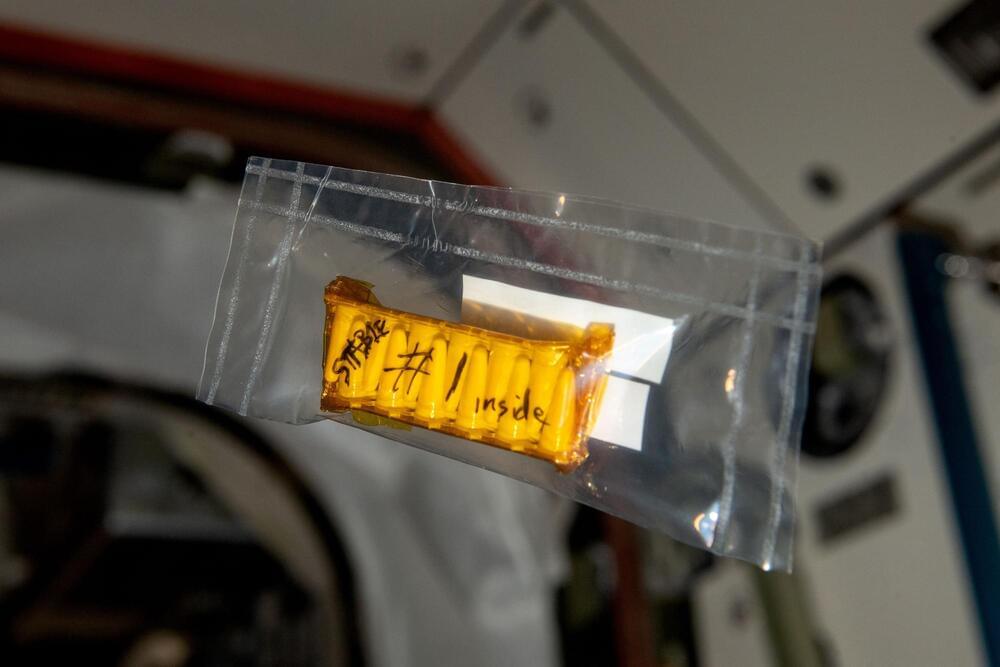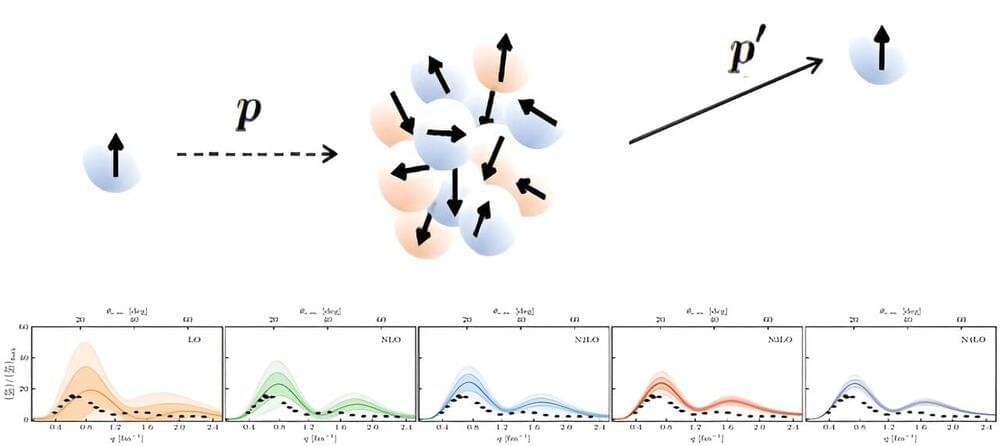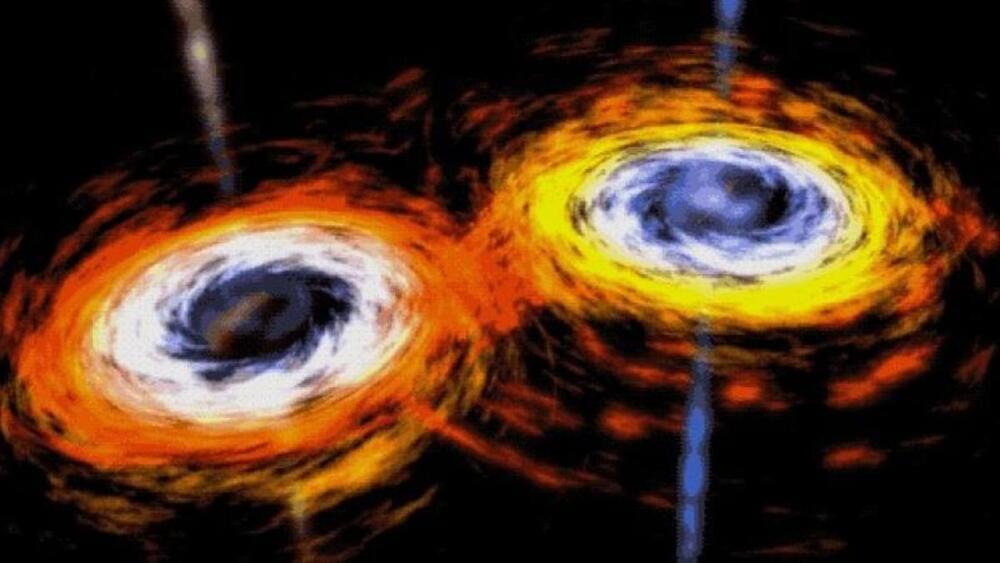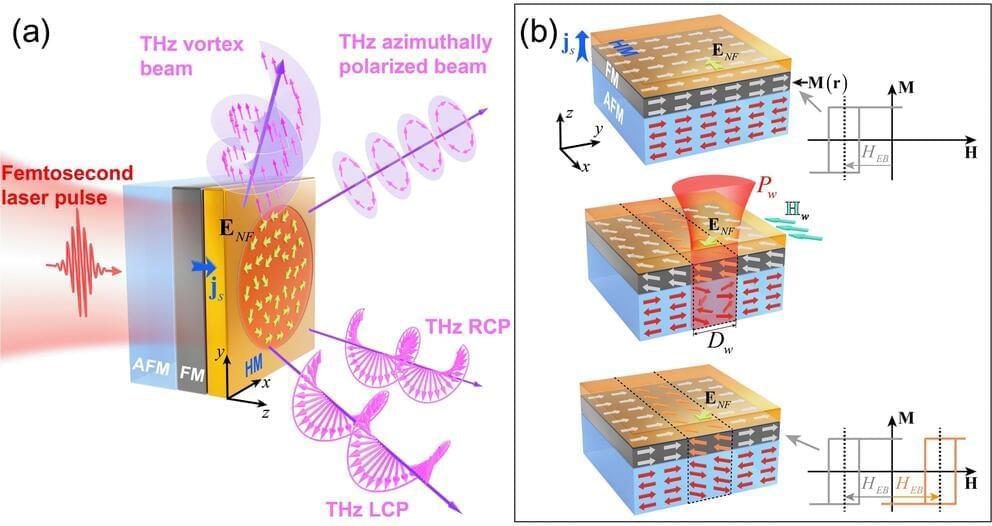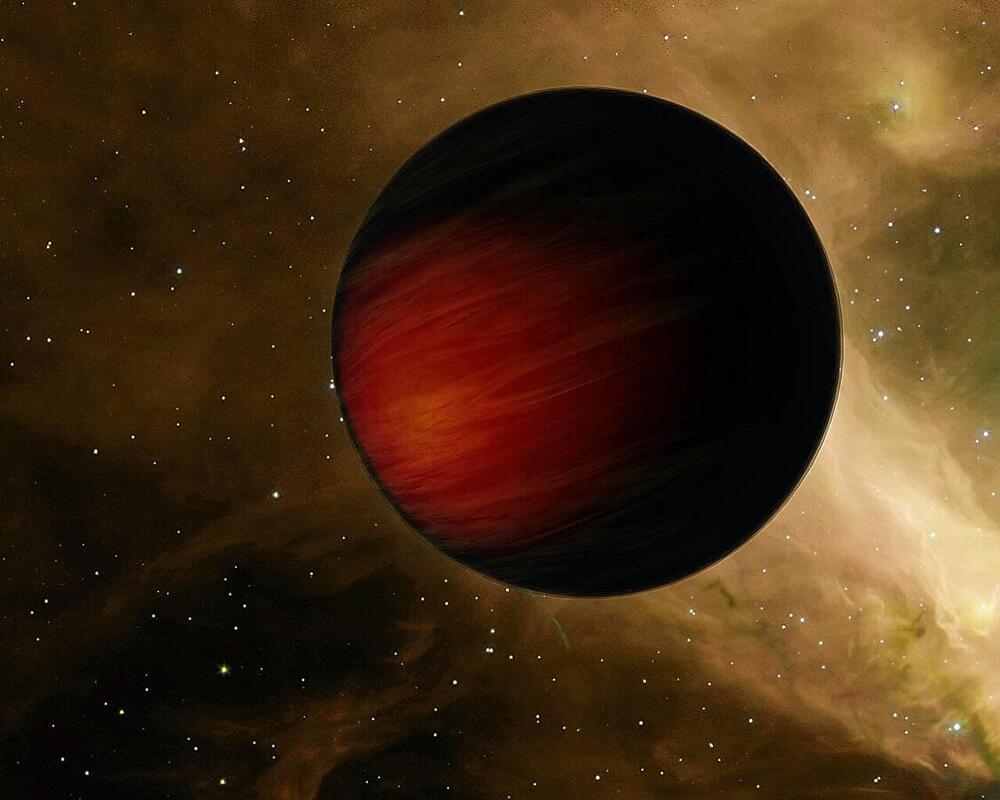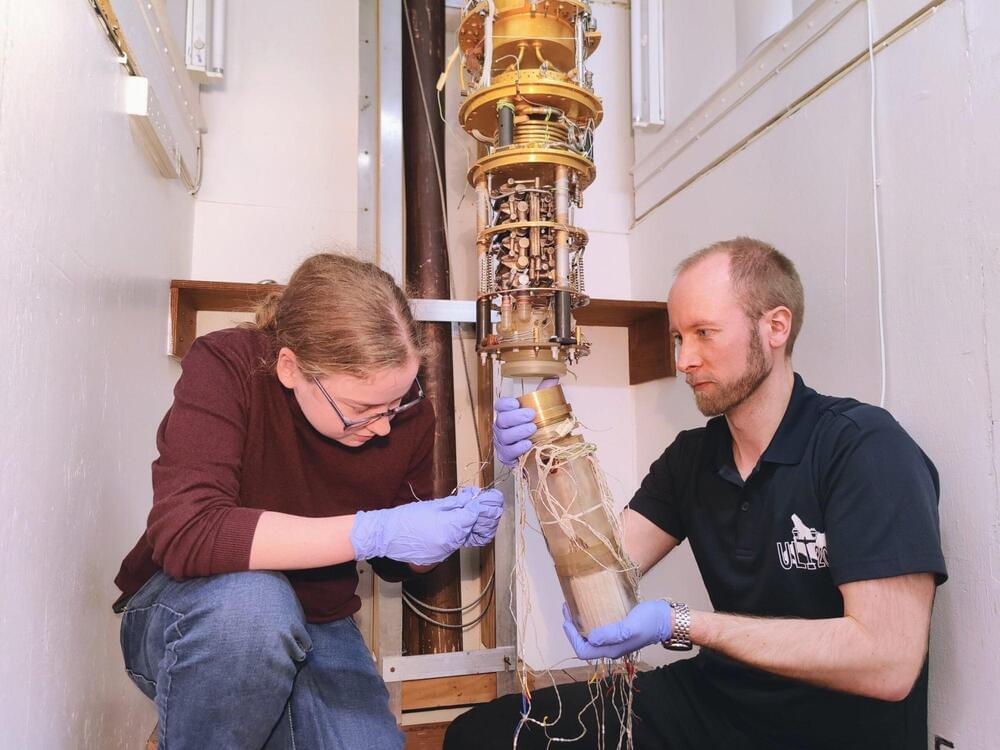Jul 9, 2024
MIT engineers find a way to protect microbes from extreme conditions
Posted by Shubham Ghosh Roy in categories: biotech/medical, food, health
Microbes that are used for health, agricultural, or other applications need to be able to withstand extreme conditions, and ideally the manufacturing processes used to make tablets for long-term storage. MIT researchers have now developed a new way to make microbes hardy enough to withstand these extreme conditions.
Their method involves mixing bacteria with food and drug additives from a list of compounds that the FDA classifies as “generally regarded as safe.” The researchers identified formulations that help to stabilize several different types of microbes, including yeast and bacteria, and they showed that these formulations could withstand high temperatures, radiation, and industrial processing that can damage unprotected microbes.
